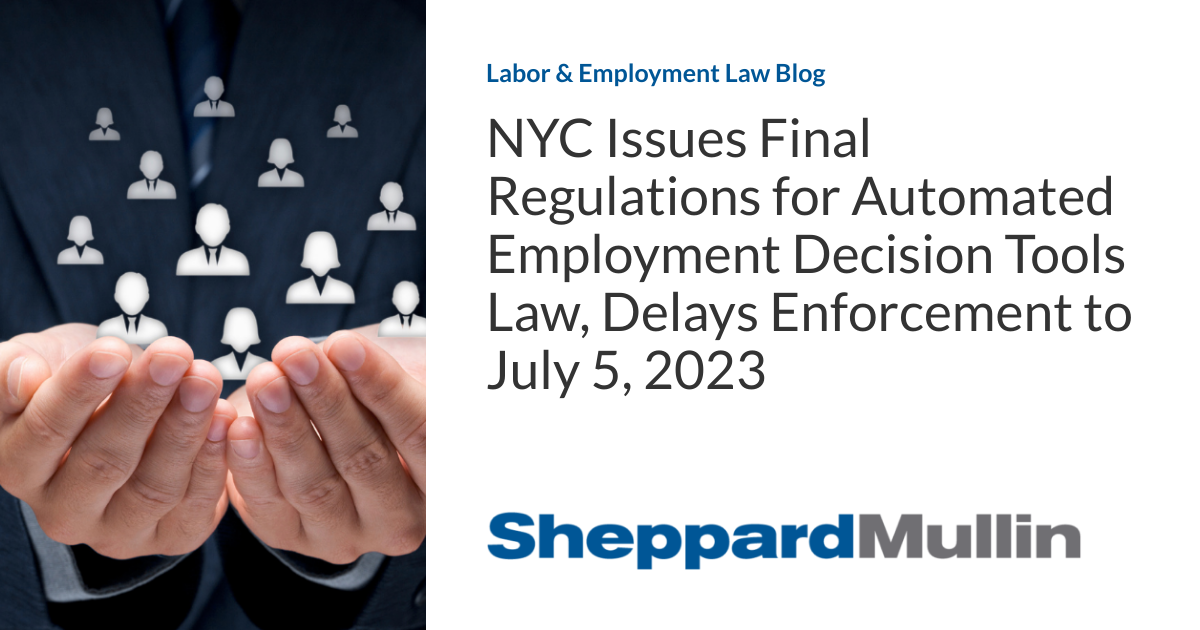Incorporation by Reference: Patent Portfolio Builder or Destroyer? | Knobbe Martens
ARBUTUS BIOPHARMA CORPORATION v. MODERNATX, INC.
Before Reyna, Schall, and Chen. Appeal from the Patent Trial and Appeal Board.
Summary: Arbutus’ patent was anticipated by an earlier Arbutus patent that incorporated the same references to describe methods of producing stable nucleic acid lipid particles (SNALPs).
Moderna petitioned for IPR of U.S. Patent No. 9,404,127, which is owned by Arbutus. The ’127 Patent is directed to methods of making and administering SNALPs having non-lamellar morphology. The morphology of the SNALP depends on the (1) lipids used for making the formulations and (2) the process used to form the SNALP, both of which are described by references incorporated into the ’127 Patent. Moderna argued that the ’127 Patent was anticipated by U.S. Patent No. 8,058,069, which is also owned by Arbutus. The Board determined that the ’069 patent explicitly disclosed most of the limitations of Claim 1 of the ’127 Patent, inherently disclosed the remaining limitation (the “Morphology Limitation”) of Claim 1, and disclosed the limitations of the dependent claims. Accordingly, the Board found all claims of the ’127 Patent anticipated by the ’069 patent. Arbutus appealed.
The Federal Circuit affirmed the Board’s decision. The Federal Circuit acknowledged that the ’069 Patent did not explicitly teach the Morphology Limitation. However, the Federal Circuit found that the ’127 and ’069 patents disclose the same five formulations with almost identical wording and rely on the same incorporated references (the ’031 and ’025 publications) to describe two processes for forming the SNALPs. Thus, the Federal Circuit found that the ’069 patent inherently disclosed the Morphology Limitation by disclosing formulations and processes that “would naturally result in a composition having the claimed morphological property.” Notably, the Federal Circuit found that the ’069 patent provided a “limited number” of formulations and processes that would need to be followed to arrive at a SNALP meeting the Morphological Limitation of Claim 1. Regarding the ’127 Patent’s dependent claims, the Federal Circuit agreed such claims were anticipated by the ’069 patent and the references it incorporates. Thus, the Federal Circuit affirmed the Board’s finding that the ’127 Patent’s claims were anticipated by the ’069 patent.






